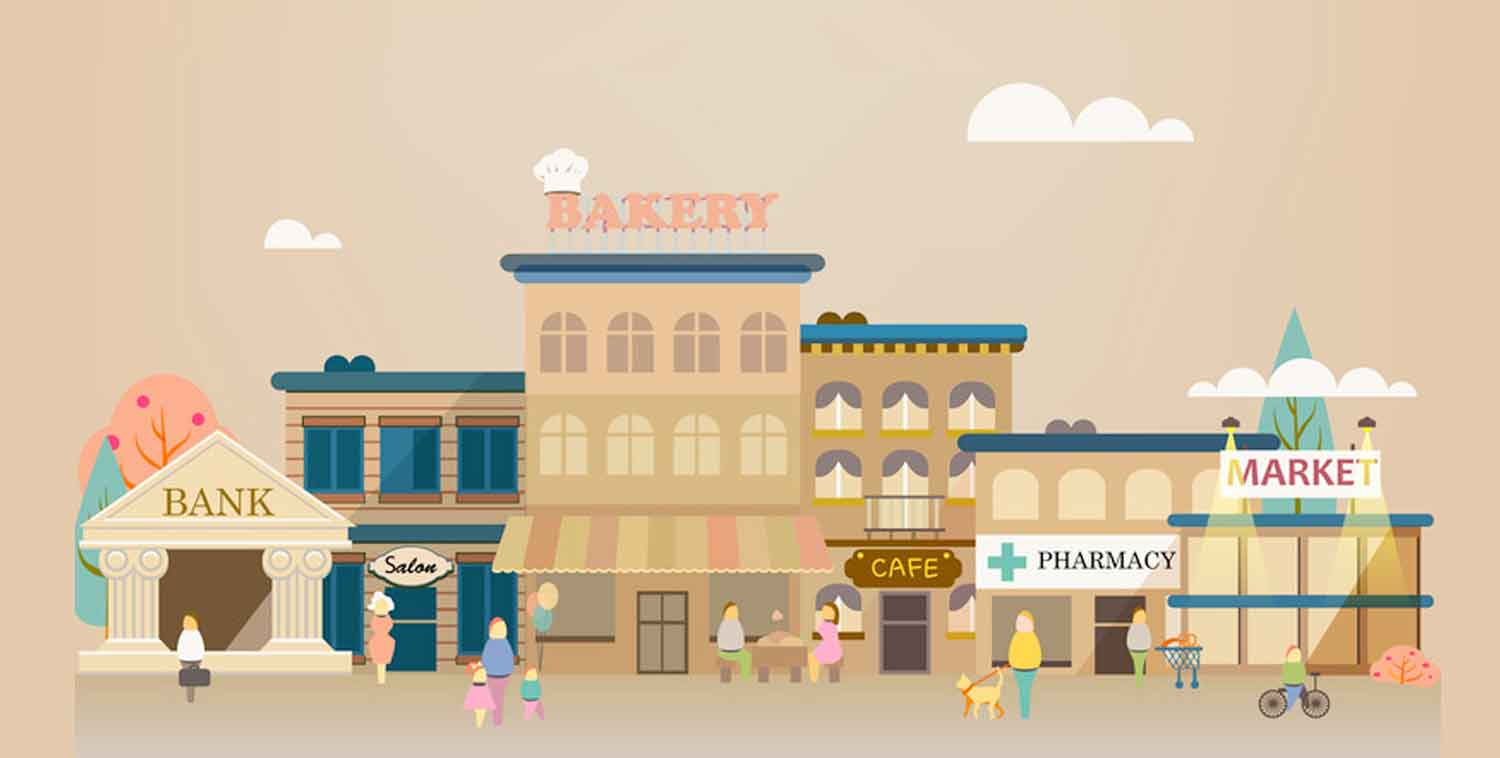We’re thinking about buying a building. We also want to invest in developing more sales. Unfortunately, we have limited funds to work with and we’re thinking this building could be a once-in-a-lifetime opportunity. How much do we need to buy a building? What is the best decision to make?
Thoughts of the day… Buying a building can drive business growth. Investing in growth is essential to the future health of any business. On the other hand, a building is a tangible asset, something that most service businesses lack. Make sure you have a handle on all anticipated costs. Cash flow is KING as you consider taking on new expenses and juggling priorities. Think long term, while you manage through the short term.
Buying a building to drive business growth
If you can afford it, having real estate as part of your investment portfolio can be a good strategy. Convert rent costs to asset-building principal payments. Use excess value to backstop loan applications. Add value through property appreciation.
Check your sales growth plan before you buy. Are you on track? How much more do you need to spend to hit this year’s growth goals? How much money is needed to ensure next year’s plan? If you can answer these questions and have money left over, then it’s time to discuss buying a building, not before.
Reserves for the business are always essential — at least 2 to 3 months of operating expenses sitting in cash in the bank is smart. Do you have it? Can you get there? You have to be able to answer “yes” to both questions before taking on the challenges of buying a building.
Do a little window shopping
Do a little shopping to find out what buildings in your area go for. Ask a contractor to work up an estimate for improvements. Talk to your banker about what they would be comfortable lending to you.
Expect to make a 20 percent down payment. Calculate the cost of moving, plus upgrades not built into the mortgage. Count up the months you’ll be paying old rent as well as the new mortgage. Leases can be hard to break, so plan on a worst-case scenario. Buying the building you’re in? Factor in the loss of productivity due to refurbishing disruptions.
Remember that if problems arise and cash flow is tight, you’re going to be the one taking a cut in pay. Build a cash flow forecast to see if you have enough coming in to pay your bills, invest in growth, close on the building, outfit, and move into a new space.
Project high, plan for low
Project high and low scenarios for revenue: hope that sales turn out well, be prepared if they don’t. You’ll need to pay the mortgage, insurance, and property taxes on a monthly basis. Compare that to your current rent and add extra costs to the monthly budget if needed. On the expense side, account for principal payments on current loans. Look for gaps that will drain reserves.
Make sure you’re buying the right building for the long term. As you grow you’ll need more space. Does this building have room to expand? You don’t want to be maxed out before you begin.
Figure out who should own the building. Someday you might want to sell the business and you might not want to sell the building or vice versa. Also, in case your company ever gets sued, you don’t want the building to be involved. The most common practice is to set up a separate limited liability company to own the building.
“The Complete Guide to Developing Commercial Real Estate: The Who, What, Where, Why, and How Principles of Developing Commercial Real Estate, Revised and Updated,” by Robert A. Wehrmeyer.



